Circuit Description
The exhaust gas recirculation (EGR) differential pressure sensor has two ports that sense exhaust pressure. The sensor outputs a voltage which represents the pressure difference between the two ports located across an orifice in the EGR tube. The engine control module (ECM) uses this pressure to determine how much exhaust gas is flowing in the EGR connection tube to the intake manifold. This information is used to control the EGR valve for correct emission levels.The ECM provides a 5 volt supply to the EGR differential pressure sensor on the sensor supply circuit. The ECM also provides a ground on the sensor return circuit. The EGR differential pressure sensor provides a signal to the ECM on the EGR differential pressure sensor signal circuit. This sensor signal voltage changes, based on the differential pressure in the EGR crossover tube.The EGR differential pressure sensor measures the exhaust gas pressure drop across the EGR differential pressure orifice. This pressure drop is used to calculate the amount of EGR flow into the intake manifold.
Component Location
The EGR differential pressure sensor is mounted on the EGR mass measurement assembly.
Conditions for Running the Diagnostics
This diagnostic runs continuously when the keyswitch is in the ON position or when the engine is running.
Conditions for Setting the Fault Codes
The Engine Control Module (ECM) detected the EGR differential pressure signal voltage was greater than 4.8-VDC for more than 8 seconds.
Action Taken When the Fault Code is Active
The ECM illuminates the amber CHECK ENGINE lamp and/or the Malfunction Indicator Lamp (MIL) immediately when the diagnostic runs and fails.
A default value for the EGR differential pressure sensor is used.
Diesel exhaust fluid injection into the aftertreatment system is disabled.
Active and stationary regeneration of the diesel particulate filter will be disabled.
Exhaust Gas Recirculation (EGR) valve operation will be disabled.
Engine torque will be reduced if the engine is operated for an extended period of time with this fault active.
Conditions for Clearing the Fault Code
To validate the repair, perform a key cycle, start the engine and let it idle for 1 minute.
The fault code status displayed by INSITE™ electronic service tool will change to INACTIVE immediately after the diagnostic runs and passes.
The ECM will turn off the amber CHECK ENGINE lamp immediately after the diagnostic runs and passes.
For On-Board Diagnostics (OBD) engines, the ECM will extinguish the Malfunction Indicator Lamp (MIL) after three consecutive trips where the diagnostic runs and passes.
The Reset All Faults command in INSITE™ electronic service tool can be used to clear active and inactive faults, as well as extinguish the MIL for OBD applications.
Shop Talk
Possible causes of this fault code include:
An open return circuit in the engine harness, connectors, or sensor
A signal wire shorted to sensor supply or battery voltage
A damaged EGR differential pressure sensor.
Possible Cause:
1) ECM failure
2) Engine harness


 AGCO
AGCO ALLISON
ALLISON BENDIX
BENDIX BOBCAT
BOBCAT CAT
CAT CLAAS
CLAAS CNH
CNH DAF
DAF DETROIT
DETROIT EATON
EATON FREIGHTLINER
FREIGHTLINER HINO
HINO HITACHI
HITACHI ISUZU
ISUZU JCB
JCB JOHN DEERE
JOHN DEERE JPRO
JPRO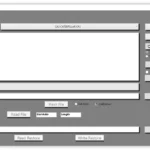 MAGIC TUNER
MAGIC TUNER MAN
MAN Navistar
Navistar PACCAR
PACCAR PERKINS
PERKINS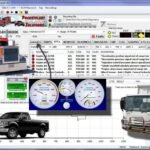 PF DIAGNOSE
PF DIAGNOSE PSI POWERLINK
PSI POWERLINK RENAULT
RENAULT SCANIA
SCANIA THERMO KING
THERMO KING UD NISSAN
UD NISSAN VOLVO
VOLVO WABCO
WABCO ZF TESTMAN
ZF TESTMAN
 BELL
BELL BENDIX
BENDIX BOBCAT
BOBCAT CARRIE
CARRIE DAF
DAF DETROIT
DETROIT EATON
EATON FUSO
FUSO MACK
MACK
 Cumminz
Cumminz ISB4.5 CM2150
ISB4.5 CM2150 All Engines (2017 Emissions)
All Engines (2017 Emissions) PACCAR
PACCAR
![The Doosan Diagnostic Tool DX22 Generator Engine 00.13 [2023.06] is essential for maintaining and diagnosing Doosan generators. It provides a comprehensive solution designed for efficiency and performance in heavy equipment. This tool enhances operational reliability by offering real-time monitoring and advanced diagnostic features. Its user-friendly interface simplifies troubleshooting, making it a valuable asset for technicians and maintenance teams in various industries.](https://ecmtrucks.com/wp-content/uploads/2024/08/3-300x227.png)
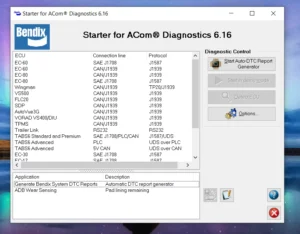

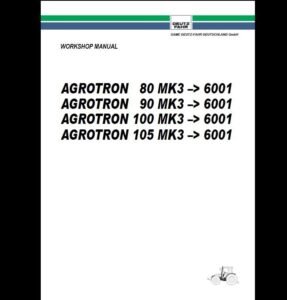


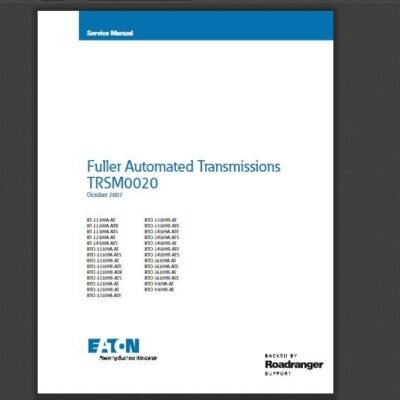

![DOOSAN EDIA-AS FULL STANDARD 2.4.0.7 [2023.06] is an essential diagnostic software designed for Doosan machinery. Released in June 2023, it enhances maintenance and troubleshooting processes for heavy equipment. This version offers improved functionality, user-friendly features, and unlimited licensing. It also provides remote installation support via TeamViewer, ensuring users can maximize their investment effectively.](https://ecmtrucks.com/wp-content/uploads/2024/08/11-400x400.png)

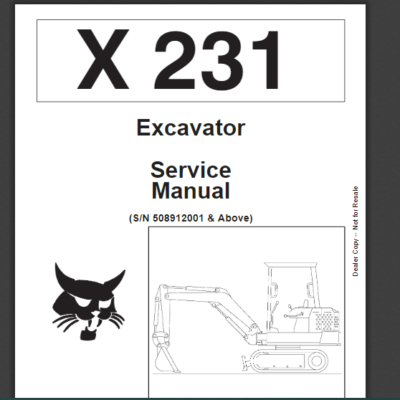
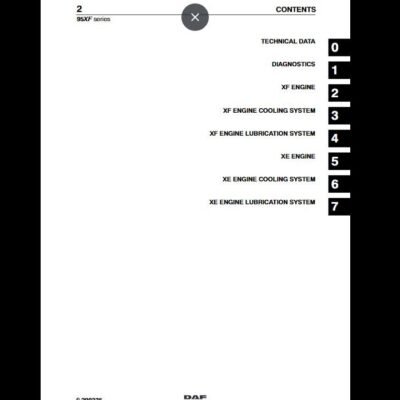


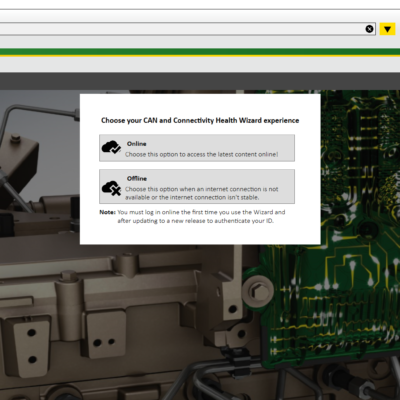

Reviews
Clear filtersThere are no reviews yet.